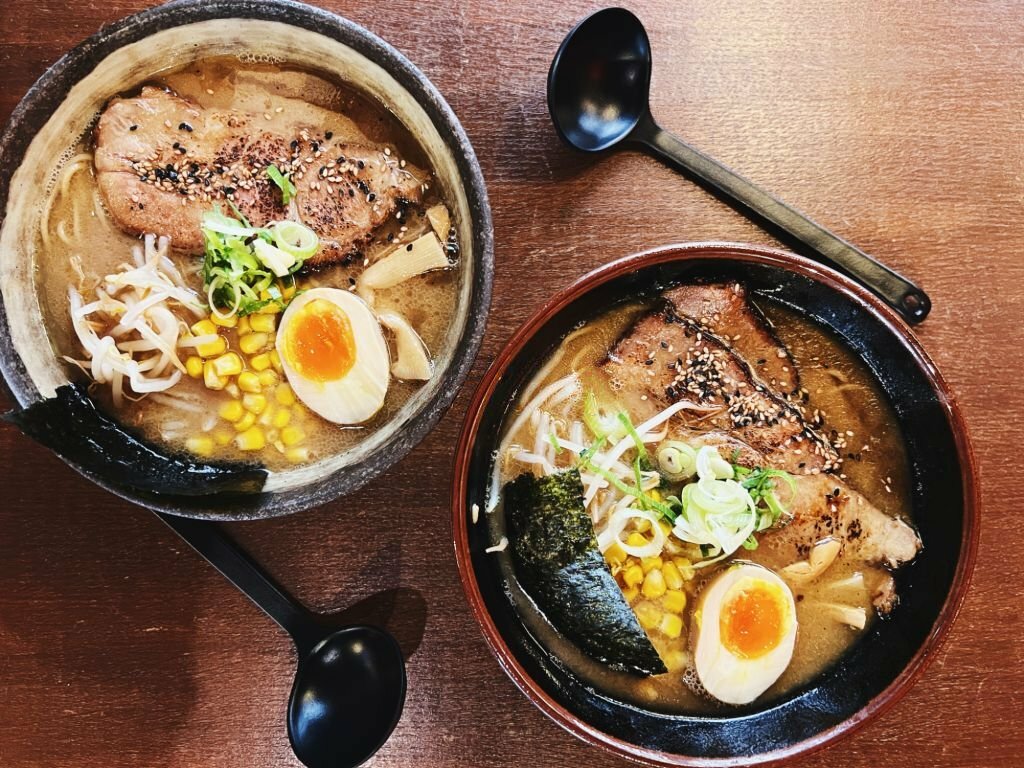
Ramen is a popular wheat-noodle-based Japanese dish. These substantial noodles are served with delicious meats, broth, and veggies. In Asia, making good ramen noodles is regarded as an art that requires patience and expertise. Instant ramen noodles are readily available for as low as 50 cents, which is great for people who don't know how to cook.
In most grocery shops, you may get a broad selection of instant ramen noodles. Making ramen noodles in a skillet is common, but you can save the cleaning and hassle by cooking them in the microwave. Although ramen noodles are often served with broth, some individuals prefer to eat them dry. You'll need to add a minor step to your cooking procedure to do this.
How to Microwave Ramen
Cooking ramen in the microwave isn't all that unusual as making it on the stove. The trick to both cooking procedures is to rehydrate and cook the noodles before adding the seasoning package ingredients. The only significant difference is the extra care required while boiling water inside a microwave oven. Microwaves heat water so rapidly that if it's jiggled while it's still heating, it may heat excessively and "erupt."
Bottom line: while transferring the ramen box into the microwave, be cautious and gentle.
In the microwave, there are two methods to create instant ramen. The first technique is a little simpler and produces thicker noodles, whereas the second produces softer ramen.
Method 1
- In a microwave-safe dish, add a cup or two of water. We recommend using Pyrex, whereas NEVER use Styrofoam (unless it says “microwave-safe”). Also, you should avoid plastic since certain plastics are said to leak harmful BPAs in foods. The more water you use, the longer it takes to cook up, and the more broth you will end up with.
- Heat the water in the microwave for at least three minutes at maximum power, then check to see whether it's very hot; if it isn't, you should keep heating it for some more time. Although it may not seem that there is boiling water in the bowl, there is - the water would not bubble or create steam since microwaves flow from all sides in the oven. When taking out the bowl, be cautious since (as previously said) microwaved hot water may "explode" inside the oven - and in your hands – if it is moved.
- Place the noodles and components of the seasoning package in a separate dish while the water heats. If you want to eat the noodles this way, break them apart.
- Pour boiling water on the bowl containing ramen noodles, use a plate (paper plates are good) or a lid for covering purposes, and set aside for 4-5 minutes to steep. After a few minutes, stir to ensure that the spices or sauce are well integrated. Taste your creation to make sure that your ramen noodles are done.
Get your chopsticks or spoon ready, and dig in!
Method 2
- Place the noodles in a bowl safe for the microwave after removing them from the box. Now is the time to break up your ramen into small chunks if you prefer it that way.
- Fill the bowl with water till the noodles are fully submerged; this should take approximately two cups of water. It is not necessary to use warm or hot water; cold water would suffice.
- When the water becomes hot, use something to cover the bowl to keep it from spurting. This doesn't have to be a fitting lid; in fact, many people would prefer not to close lids while microwaving to allow steam to escape. A piece of plastic wrap or maybe a paper towel would suffice.
- Using high temperature, microwave the ramen for 4-5 minutes. Each microwave has a varied cooking time. Thus it may take a bit less or even a little longer. Approximately midway through the cooking process, pause the microwave and mix the noodles to check that they are uniformly cooked.
- Take out the ramen from the microwave, mix in the seasoning contents or sauce package, and set aside for a few minutes to cool before serving. It'll be too hot to consume straight from the oven. (Some people like to mix in the spices after the broth has cooled, but this may hinder the noodles from soaking all of the flavorings.)
Since the ramen will remain hot for a long time, you may wish to ladle it into another serving bowl before enjoying it.
Regardless of the method, we recommend using potholders, oven gloves, or a kitchen towel to hold the ramen container after it has been cooked in the microwave.
Some people prefer the second method and recommend putting the ramen noodles inside the bowl with the water prior to heating it. That will definitely "work," however the ramen may not always be fully cooked, particularly if the noodles are not broken up before heating.
In conclusion, Instant ramen cooked in the microwave can be satisfying and delicious if appropriately seasoned, and it may also keep you warm. However, many times this dish can also be very bland and unhealthy since it contains a lot of MSG and salt in it.
